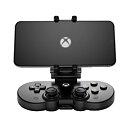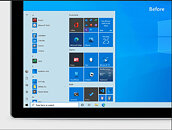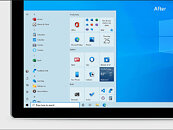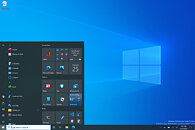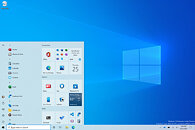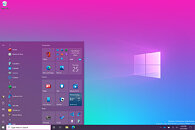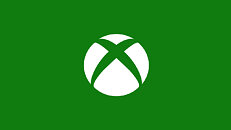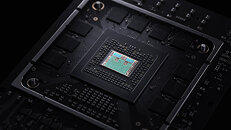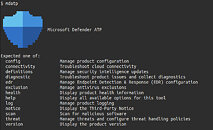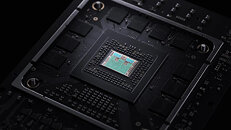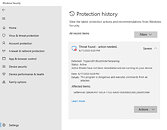Xbox Games Showcase Post-Mortem: Halo Infinite, Fable, Forza, and Many Others Revealed
Today, Microsoft held a long-awaited reveal for many upcoming games that the company hopes will justify bringing players into their ecosystem. Whether via their existing Xbox devices or through the next-generation Xbox Series X and gaming PC, the company put on a show showcasing the future of games as they envision them - but many more games from even Microsoft's first-party studios weren't showcased - yet.
The star of the show and opening opus was Halo Infinite, the much-awaited next installment in the Halo saga. The showcase revealed a part of the campaign, with cinematics and gameplay, and it does seem to be another step in the right direction for the franchise. The 8-minute gameplay video showcased the gorgeous environments, particle and sound effects made possible by the new Splipspace Engine in the new Halo game, with a number of impressive new weapons and game mechanics (that grappling hook does seem sweet, doesn't it?). A look at the map reveals an open-world-esque approach to game design, with 343 industries promising the game to be many times bigger than their two previous games, Halo 4 and Halo 5: Guardians, combined. A smooth 60-frames per second and 4K resolution is promised in what will definitely be the Xbox Series X's crown launch jewel. No multiplayer was shown - yet. We expect 343 Industries to start launching Sprint videos on the development of the game in the coming months, and also new game trailers showcasing the mechanics of the game.
The star of the show and opening opus was Halo Infinite, the much-awaited next installment in the Halo saga. The showcase revealed a part of the campaign, with cinematics and gameplay, and it does seem to be another step in the right direction for the franchise. The 8-minute gameplay video showcased the gorgeous environments, particle and sound effects made possible by the new Splipspace Engine in the new Halo game, with a number of impressive new weapons and game mechanics (that grappling hook does seem sweet, doesn't it?). A look at the map reveals an open-world-esque approach to game design, with 343 industries promising the game to be many times bigger than their two previous games, Halo 4 and Halo 5: Guardians, combined. A smooth 60-frames per second and 4K resolution is promised in what will definitely be the Xbox Series X's crown launch jewel. No multiplayer was shown - yet. We expect 343 Industries to start launching Sprint videos on the development of the game in the coming months, and also new game trailers showcasing the mechanics of the game.









